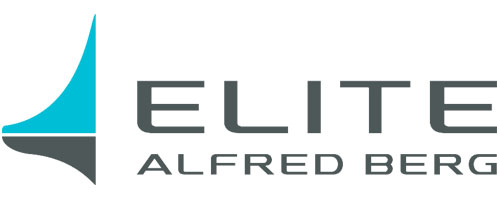As part of the Unissu Theme, Digital Transformation, our CEO Hannu Rantanen, has written this article in which he asks the question, do we need to dismantle real estate’s legacy software and systems in order for the industry to truly make use of its data? Data, of course, being one of the 5 vital pillars of digital transformation.
The other day, after a long time apart, I met up with one of our sales prospects in my hometown of Helsinki, in Finland – the heart of Assetti’s domestic scenery. They’re a real estate investor with assets under management (AuM) valued at just over €2 billion, all enjoying steady growth. The majority of the portfolio concerns office management in the capital, with an additional, value-adding focus on emerging neighbourhoods.
It was one of the most delightful and exciting sales meetings I have had in a very long time.
The cornerstone of their strategic thinking is that they need to master their own real estate data. Their belief is that you cannot outsource data management to third-party service providers, while legacy silos simply result in data lock-ups.
…if we cannot truly know our assets and cannot master and utilize our data,
we are simply not performing our job!
Therefore, they have been building a data warehouse with Microsoft Azure (Microsoft’s cloud computing service) to include all of the property, lease, and tenant-related data. They have created a kind of master data set: not only for the assets they are investing in but also for those they are managing.
I mean, after all, they are real estate investment managers, and their thinking is simply, if we cannot truly know our assets and cannot master and utilize our data, we are simply not performing our job! And with the volume of work at-hand, the managers cannot simply rely on an individual person’s notes and memos. And that is exactly the point when we might think about handling all that data in separate excel spreadsheets or within one software.
Before we started the product demo, the prospect asked: “Do you have an API?” Can you imagine our reaction? Whooa… first meeting ever where it really means something.
The thinking is to simply connect the different business processes which surround the physical asset of ‘property’, with best-of-breed applications. All while maintaining the master data within their own Azure cloud where they can even connect all of the different applications, rather than having to do it one-to-one between each application.

What practical benefits does this kind of set-up bring?
First of all, they are free to choose between best-of-breed applications to maximize the user experience and smoothness of each individual process.
…if there is a change in operations model or strategy, they can quickly adapt and reconfigure their set of applications
Second, they are free to switch the applications if any of them, for any reason, stop delivering the desired value. And third, they are free to choose their service providers without any potential lock-up of the data.
Last but not least, if there is a change in operations model or strategy, they can quickly adapt and reconfigure their set of applications.
In summary, they are masters of their own destiny.
Is this the only way to make the RE investment industry truly data-driven – through disassembly of the legacy?
From a broader perspective, I started wondering if one could execute this kind of model for the real estate industry in general.
Instead of trying to expand the boundaries of one, big legacy system to take care of everything, you acquire a stack of applications that work seamlessly together with the same set of data.
One solution could be a data integrator between different applications, which sort of disassembles and reassembles the data between different parties using different applications. Well, guess what? There is already one – namely a service called BuiltAPI.
It’s not necessarily the only one on the market, but they have some concrete, ready-made integrations in-place and available for companies to deploy. No need for long-lasting and costly integration processes with a bunch of consultants hanging around for at least six months.
This also enables something I call a “Digital Stack”. Instead of trying to expand the boundaries of one, big legacy system to take care of everything, you acquire a stack of applications that work seamlessly together with the same set of data. So to answer my own question, yes, I think dismantling the legacy is the only way for the RE investment industry to really become data-driven.
Editor’s Note: This article was originally published as part of Unissu’s Theme for November, Digital Transformation.






